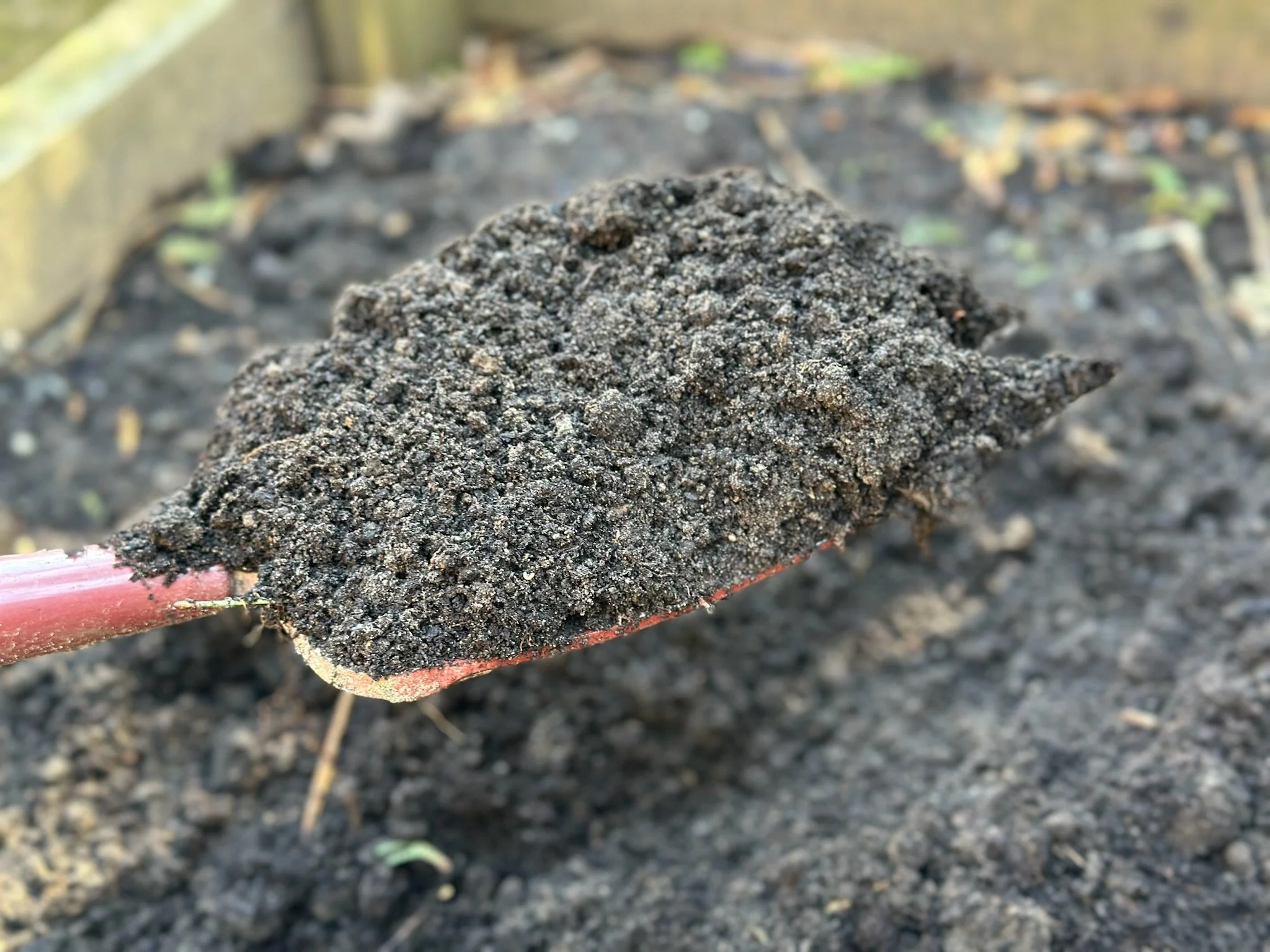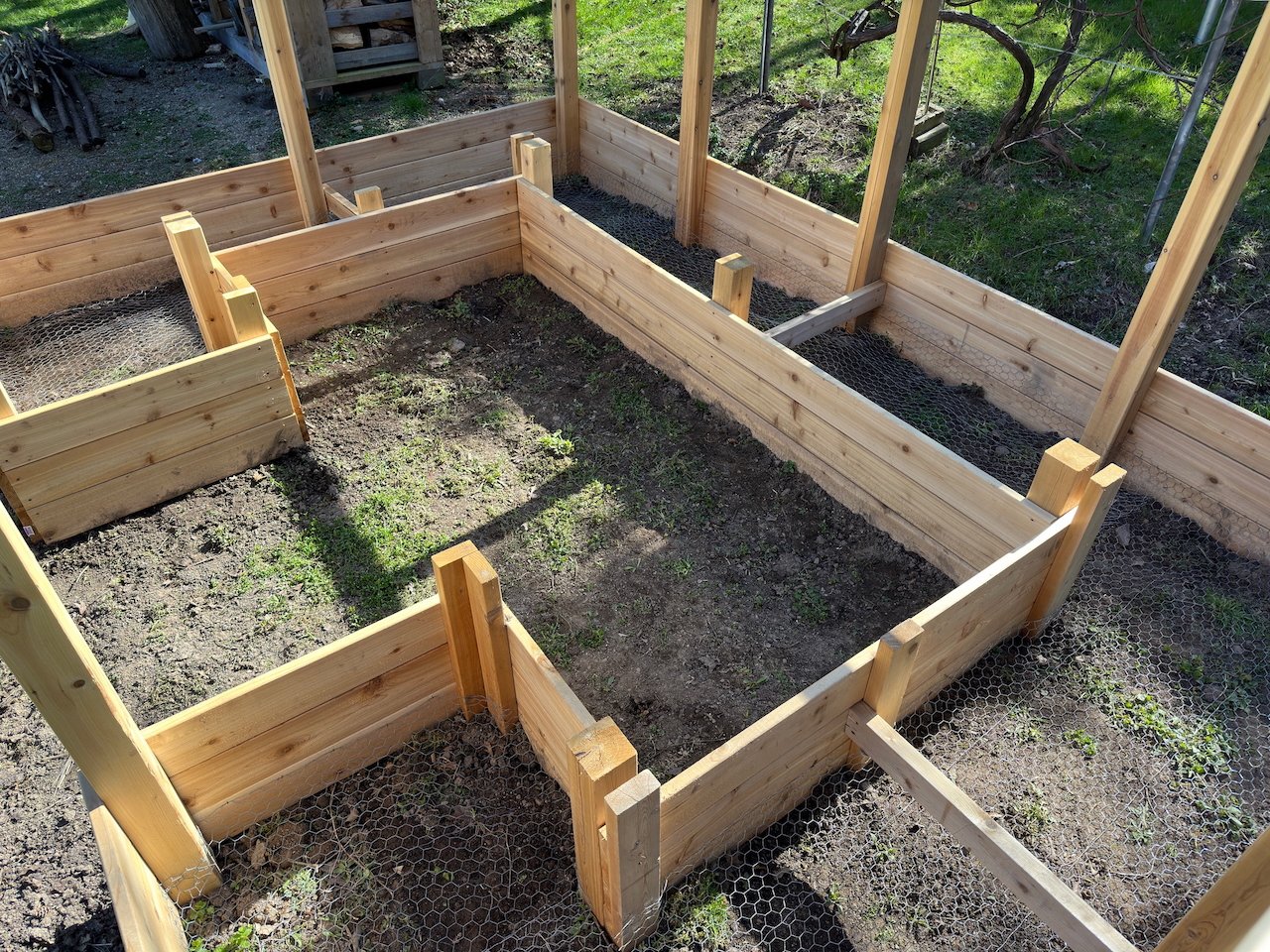Finding The Right Spot
Your first step to creating your own vegetable garden is finding the best spot for it on your property. If you live in an apartment or a place with minimal outdoor space, you can do container gardening. It is possible to grow your own food in almost any type of space. If you have a property with more space you have more things to consider. We will dive deeper into each topic to consider for finding the right spot for your new garden.
Sunlight Exposure: Most vegetables need at least 6-8 hours of direct sunlight per day. When choosing a location for your garden, it's essential to observe the area throughout the day to ensure it receives enough sunlight. Keep an eye on shadows from trees, buildings, or other structures. Too much shade can turn your garden party into a snooze fest. The winter is a good time to keep your eye out for this too. The first place the snow starts to melt is likely the most sunny location on your property.
Soil Quality: There are tests you can do on the soil to check for nutrients and pH balance. Most vegetables thrive in soil with a pH between 6.0 and 7.0. Select a spot with loamy soil, which has a loose crumbly texture and good drainage. Enhance your soil by adding compost, this will improve the soil quality and produce healthier plants. If you are interested in soil health and more ways to improve yours you can read about it here Soil Health.
Soil Contamination: Before starting your garden, check for any soil contamination, especially if you're in an urban area or near an older building. Lead and other heavy metals can be present in the soil and can pose health risks. You can test your soil for contaminants and if needed, use raised beds with clean soil to ensure your vegetables are safe to eat.
Drainage: After a rain shower or heavy watering, look for any water pooling in your garden. Proper drainage is essential to prevent root rot and other moisture-related problems. Loamy soil has a granular structure which ensures good aeration and drainage, making it a top choice for healthy plants.
Accessible Water Source: Make sure your garden is near a water source for easy and consistent watering. This will be an almost daily task and you don’t want to start to to despise it. Make it easy for your future self and have accessible water.
Protection from Wind: Choose a location that offers some shield against strong winds, which can cause damage to your plants. Windbreaks or barriers, such as hedges or walls can be helpful.
Avoid High Traffic Areas: Choose a location for your garden that is free from daily foot traffic, children’s play, and pets. If avoiding such disruptions is challenging, consider fencing your veggie garden. Providing a tranquil spot will help your plants flourish without disturbances.
Minimize Pests and Diseases: Pest control is important during every stage of vegetable gardening. When it comes to selecting a spot for your new garden you should avoid areas near garbage bins or spots prone to pests. Keeping your garden clean and using organic pest control methods will help protect your plants. Adequate airflow reduces the risk of fungal diseases. Avoid spots that are too enclosed or surrounded by walls.
Convenience: Ensure the spot is easily accessible for planting, weeding, and harvesting. You don’t want to have your garden in an area that is hard for you to get to. If you have to be climbing a fence every time you are going to start avoiding the garden all together.



